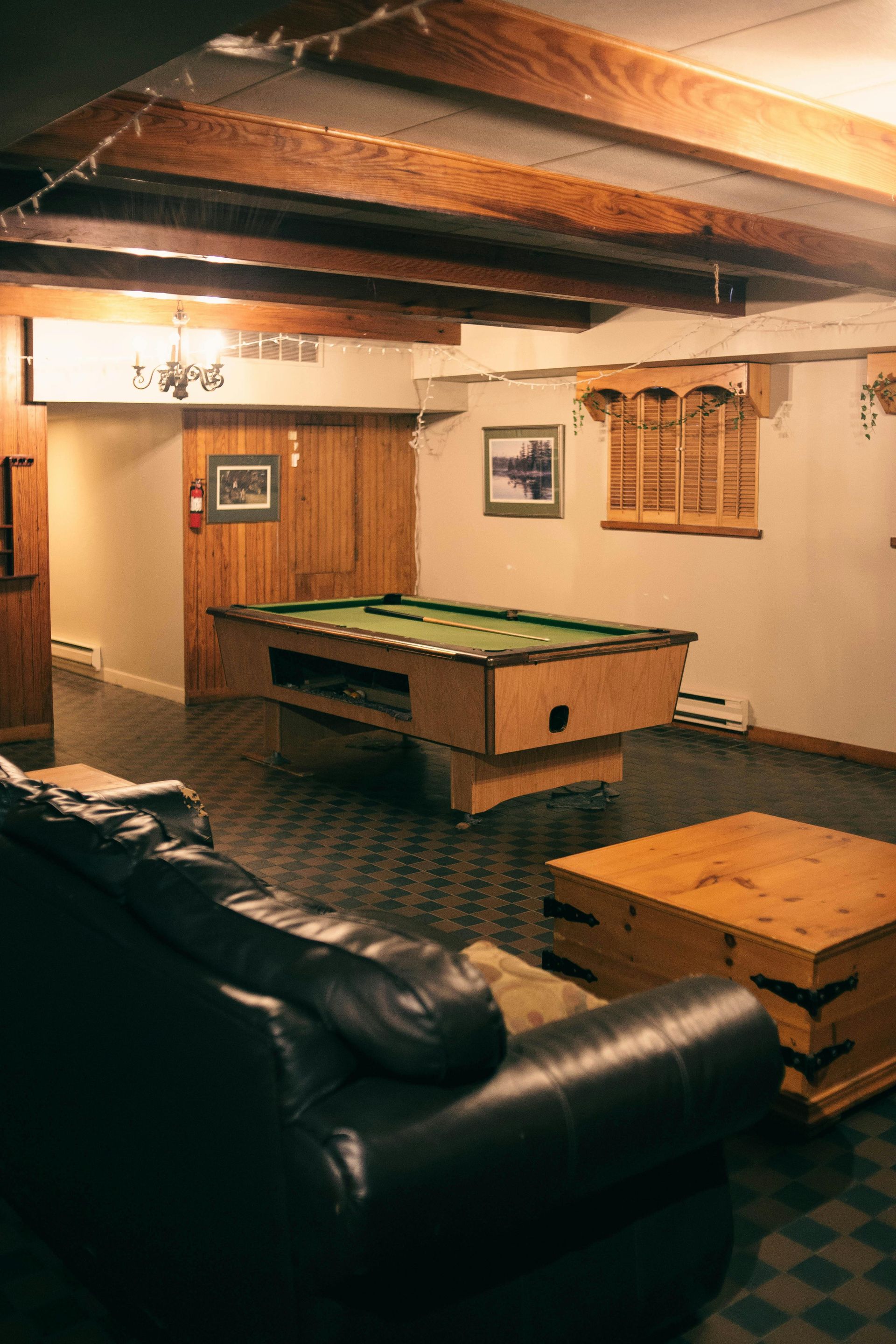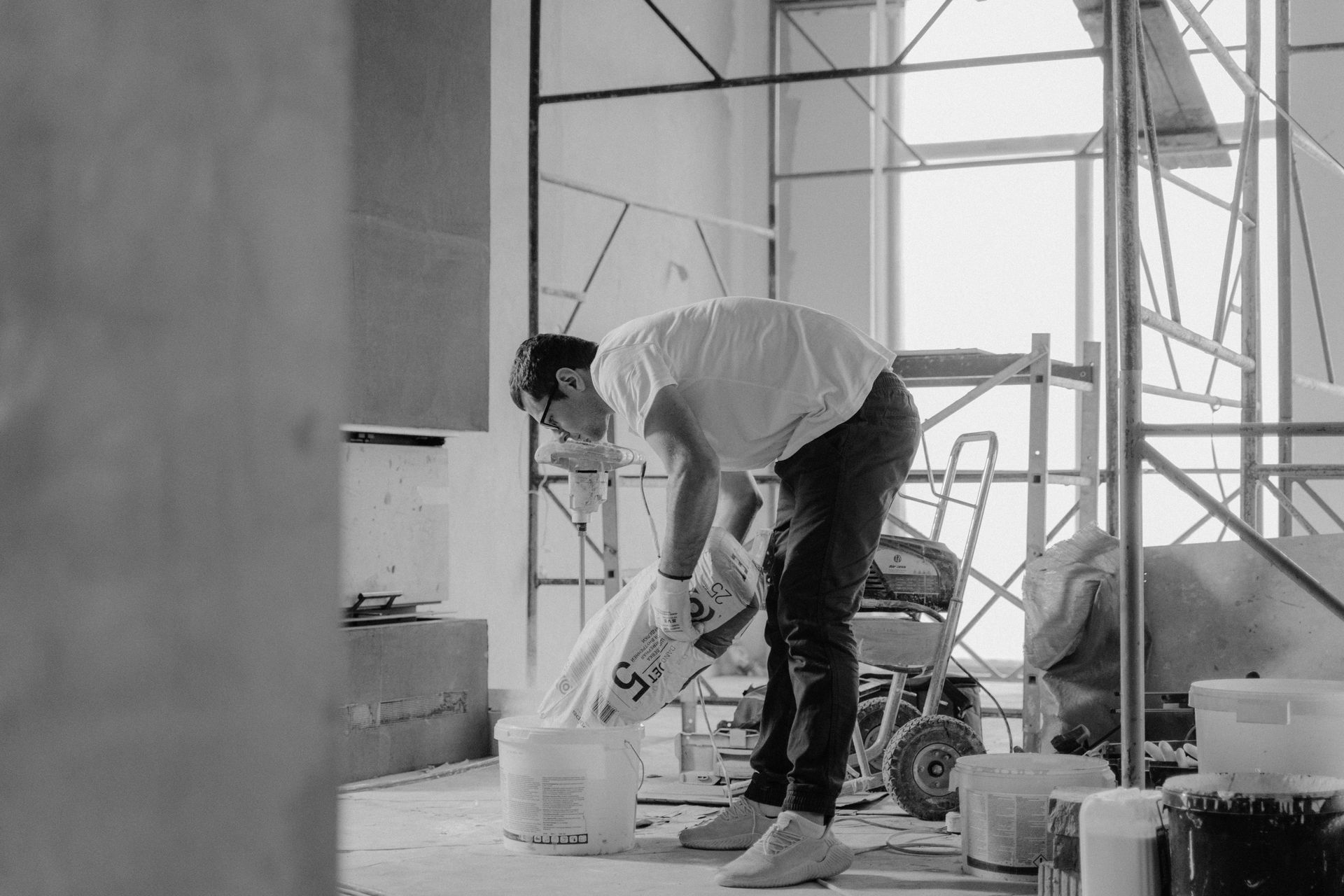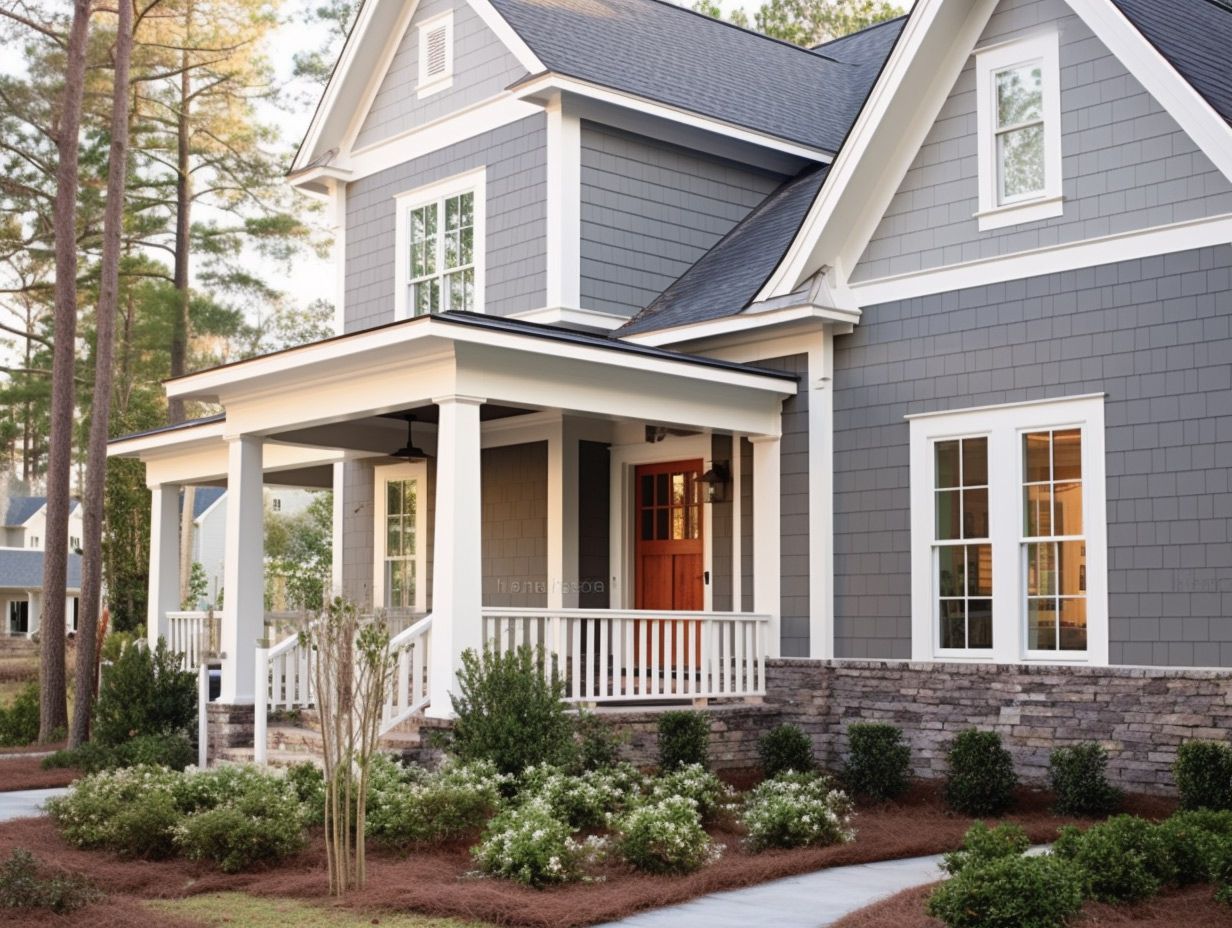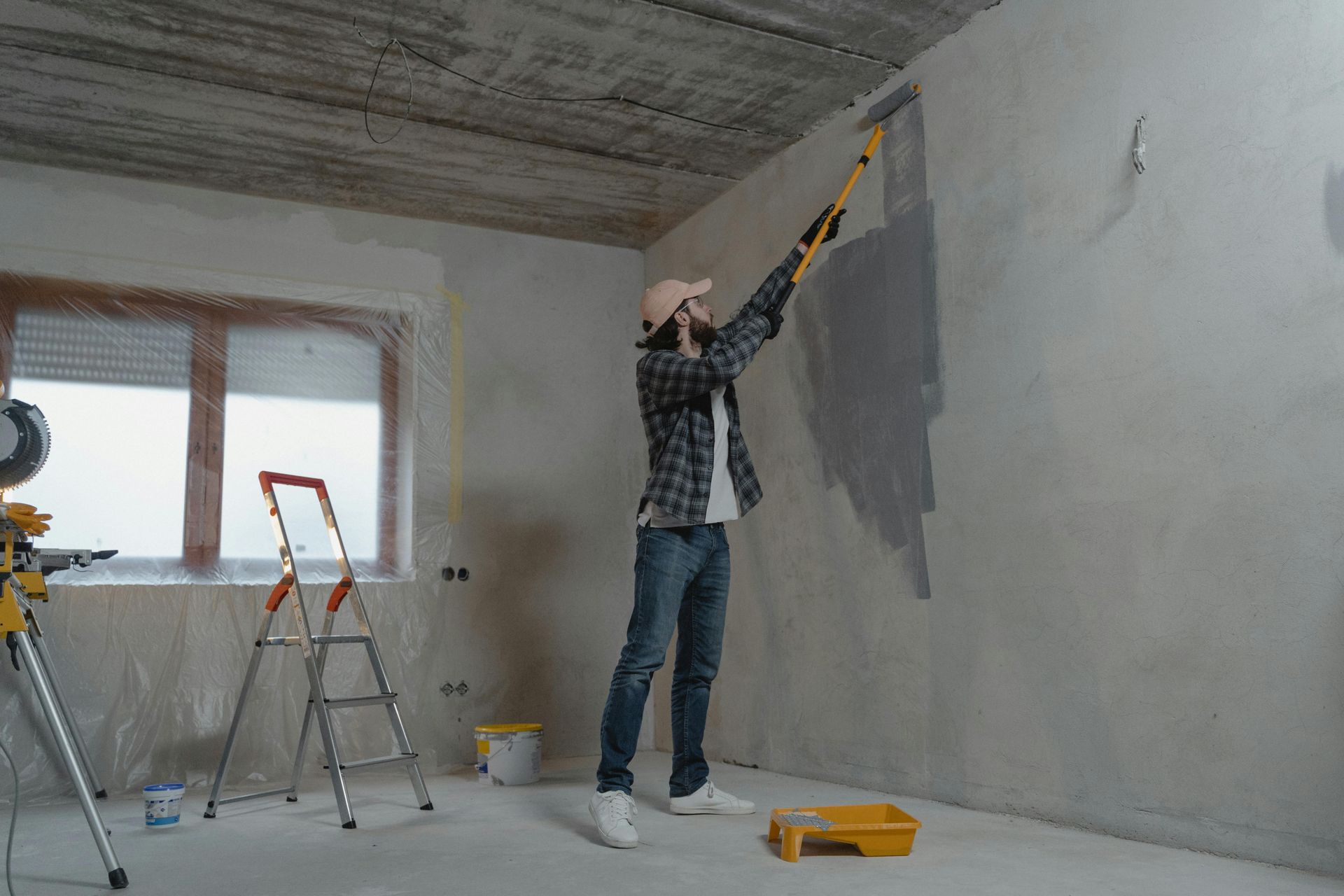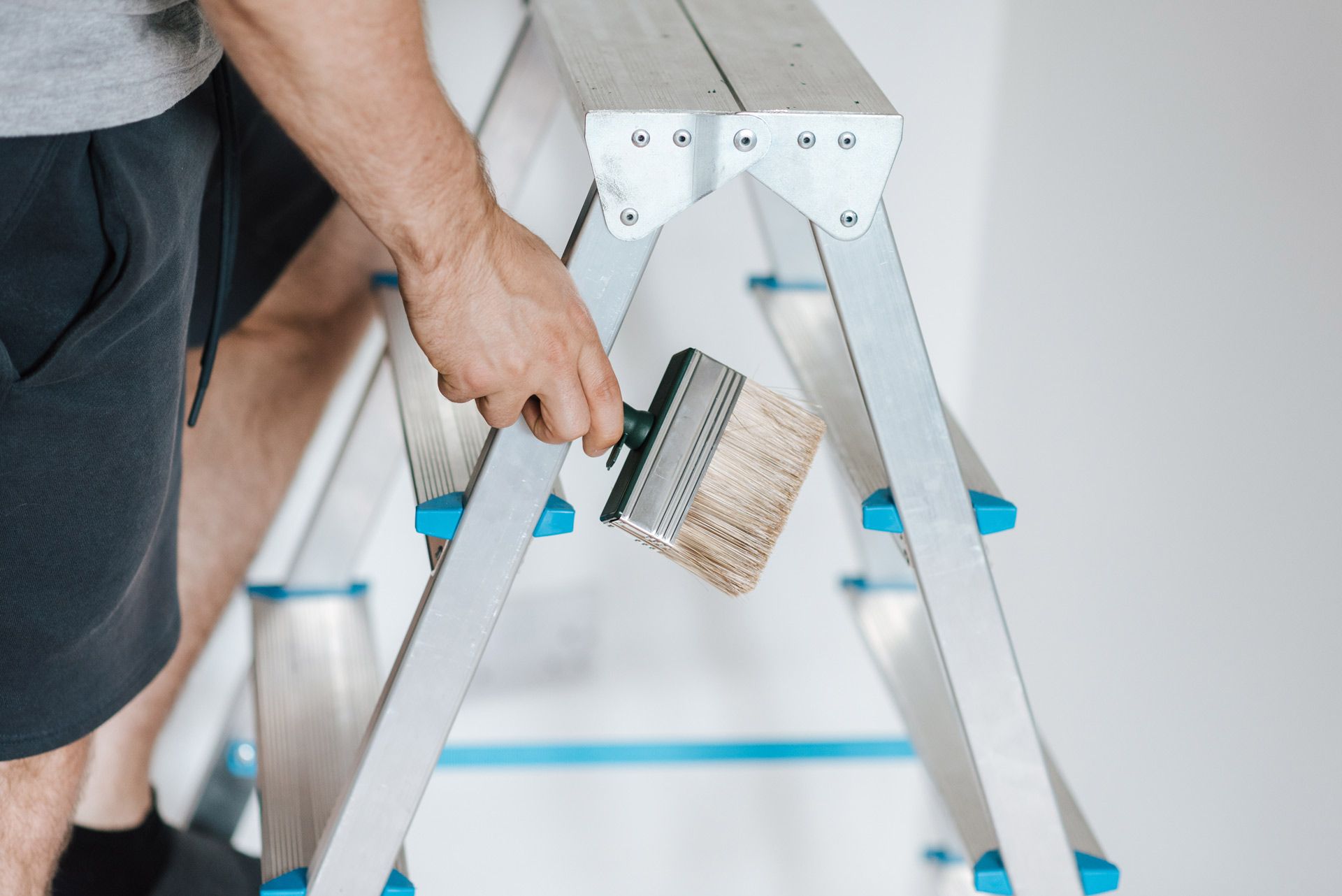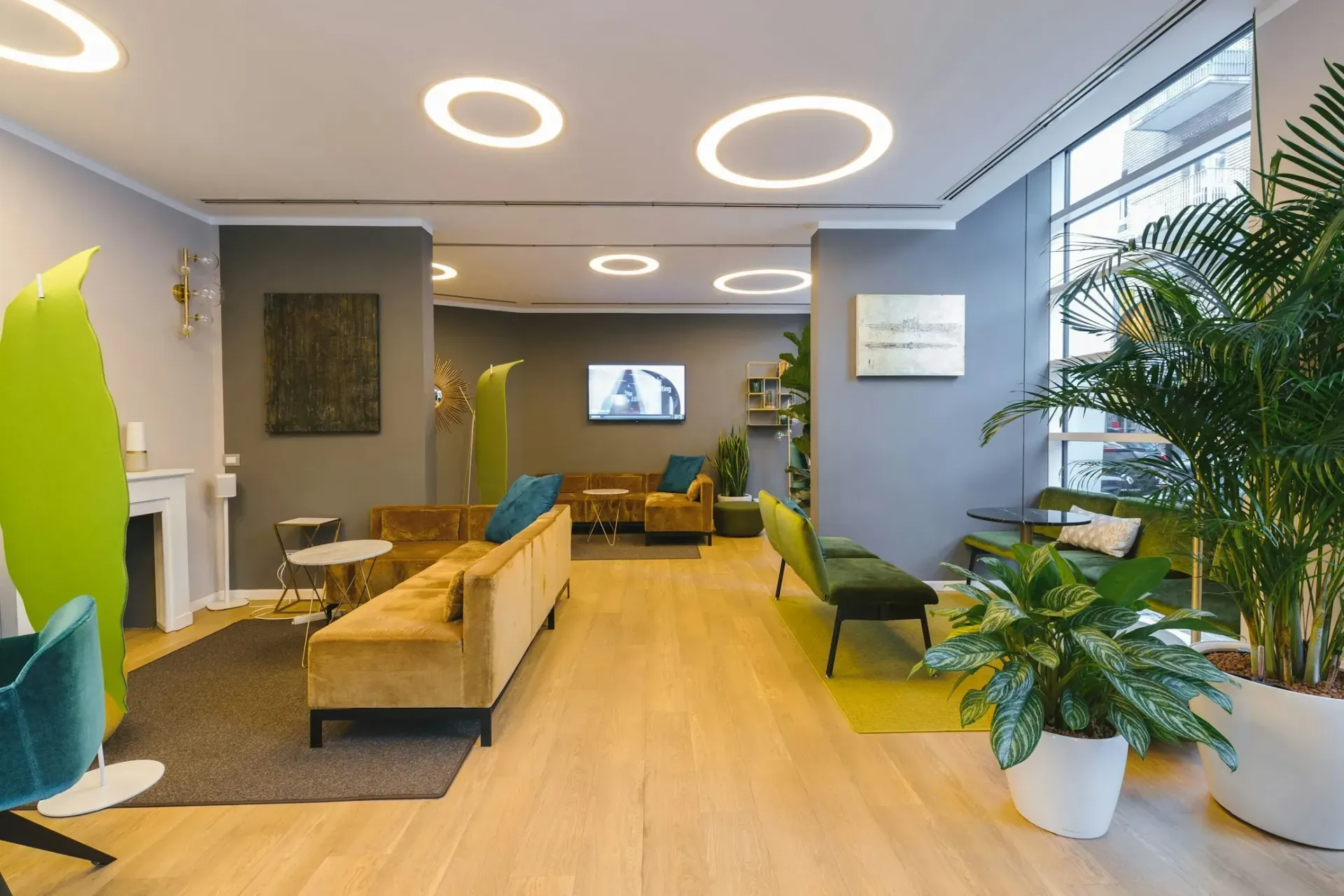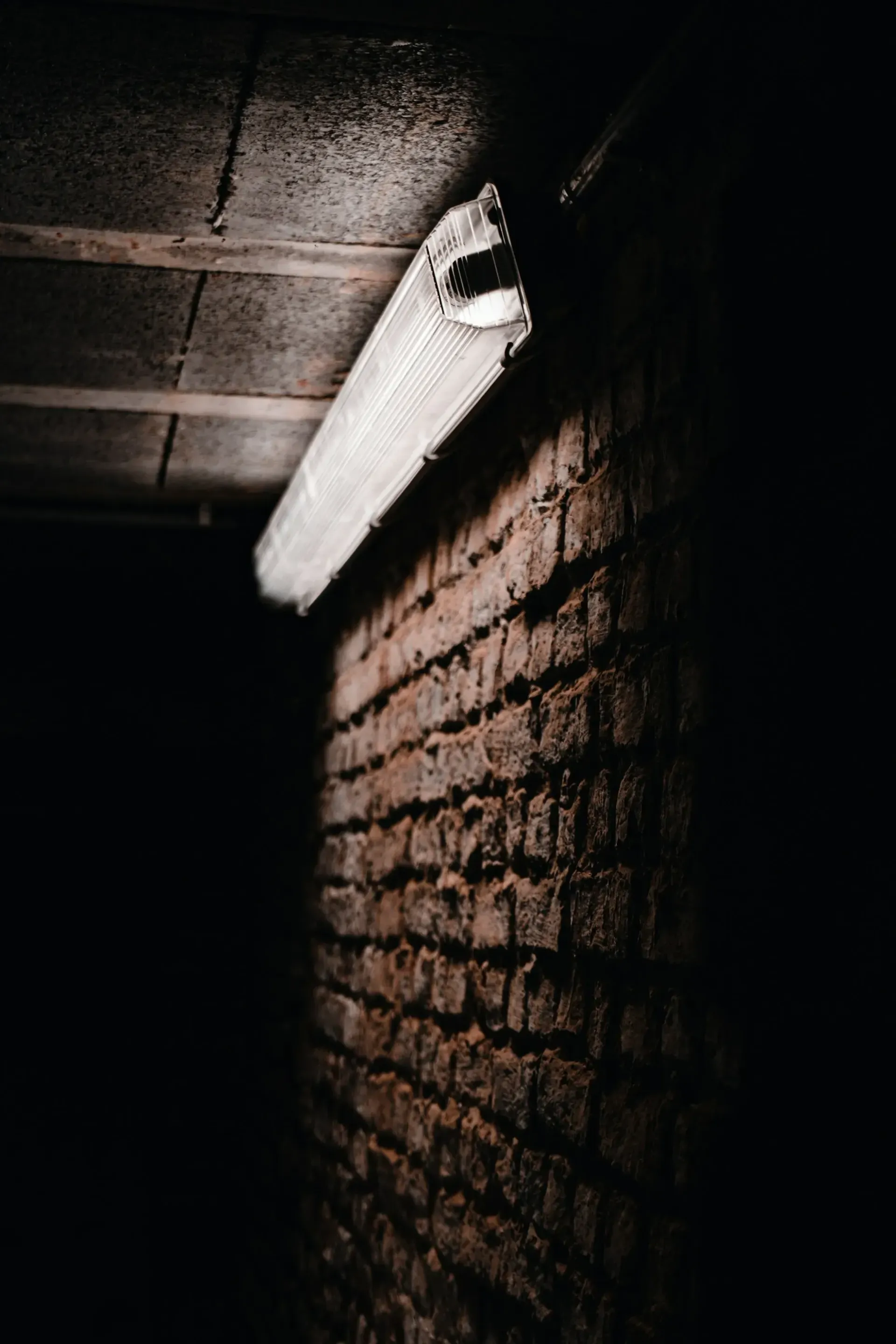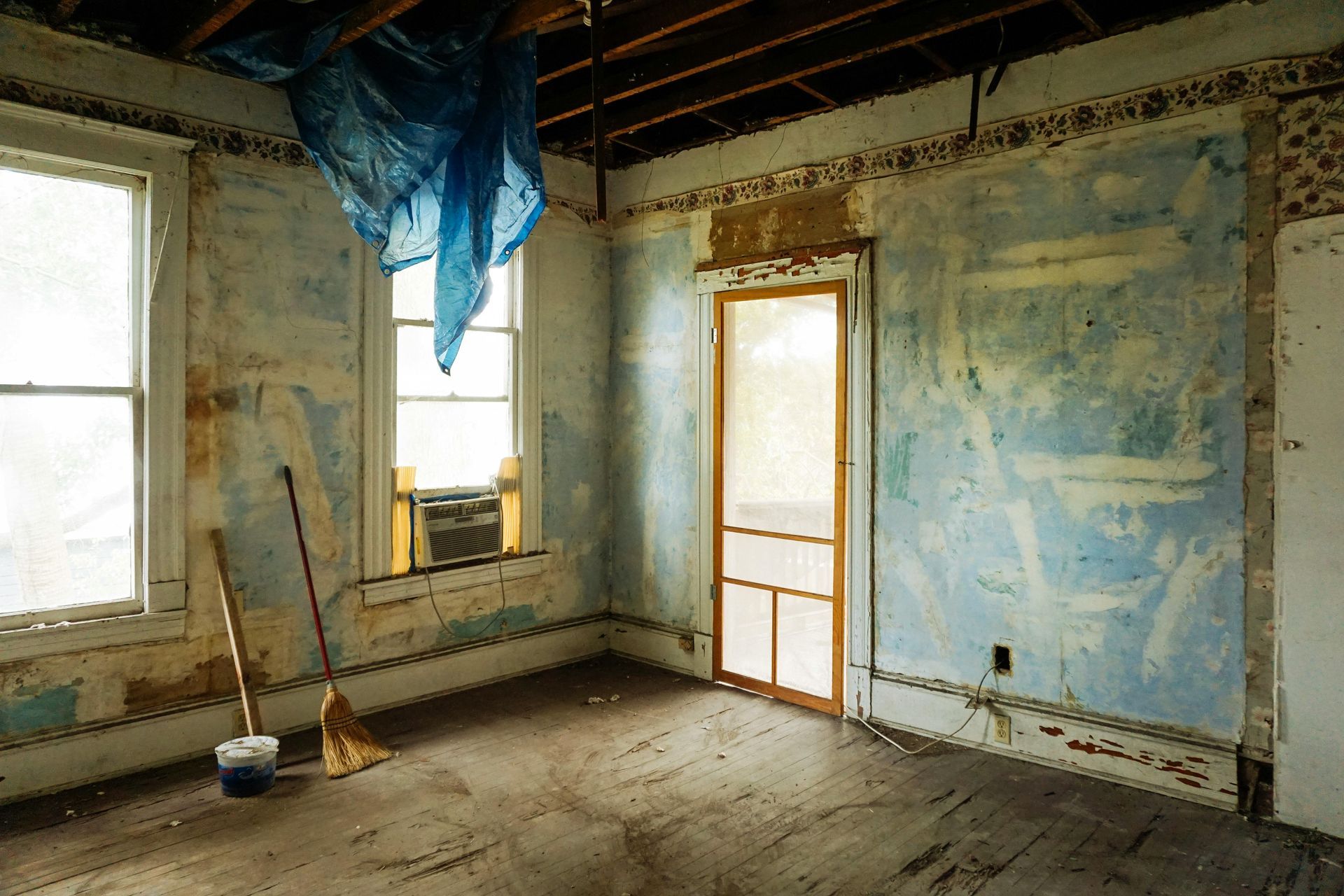
The Hidden Costs of Home Remodeling: What Most Homeowners Overlook
Home remodeling projects are exciting ventures that promise to transform your living space into something more functional and beautiful. Many homeowners dive into these projects with enthusiasm, only to find themselves facing unexpected expenses that weren't accounted for in their initial budget.
The average home remodeling project exceeds its budget by 15-20%. This happens because many homeowners focus only on obvious costs like materials and labor, while overlooking the hidden expenses that inevitably arise during renovations.
These hidden costs can make or break your remodeling experience. Understanding what these potential expenses are before starting your project can help you plan more effectively and avoid the stress of financial surprises. Let's explore the most commonly overlooked expenses in home remodeling projects.
Permitting and Inspection Fees
Local Requirements Vary
Depending on where you live, permits can cost anywhere from $50 to several thousand dollars. Cities like Lehi and Provo have different fee structures than smaller communities like Highland or Santaquin. These fees are non-negotiable and must be factored into your budget.
Failed Inspections Mean Additional Costs
If your work doesn't pass inspection the first time, you'll need to pay for corrections and possibly additional inspection fees. This can delay your project timeline and increase labor costs.
Permit Penalties
Working without required permits can result in significant fines, forced demolition of completed work, or complications when selling your home later.
Temporary Living Arrangements
Hotel or Rental Costs
Major renovations like kitchen remodels or whole-home renovations may require you to live elsewhere temporarily. These accommodation costs can add up quickly, especially in areas like Park City where temporary housing is expensive.
Eating Out Expenses
Without a functional kitchen, many families find themselves eating at restaurants more frequently, which can add hundreds or even thousands to the total project cost.
Storage Fees
You might need to rent storage units for furniture and belongings during extensive remodeling, adding monthly costs to your budget.
Behind-the-Wall Surprises
Structural Issues
Removing walls or floors often reveals problems like water damage, termite damage, or outdated wiring that must be addressed before moving forward with planned renovations.
Code Compliance Updates
Older homes in areas like American Fork or Spanish Fork may require bringing electrical, plumbing, or structural elements up to current building codes once walls are opened.
Asbestos or Lead Removal
Homes built before 1980 may contain hazardous materials that require specialized, costly removal procedures.
Design Changes and Upgrades
Decision Fatigue Leading to Upgrades
Many homeowners start with budget-friendly options but upgrade to higher-end materials once they see them in person. These incremental upgrades can add 10-30% to material costs.
Unforeseen Design Adjustments
Sometimes what looks good on paper doesn't work in reality, requiring mid-project changes that incur additional design and material costs.
Increased Material Costs
Market Fluctuations
The price of lumber, concrete, and other building materials can change between your estimate and actual purchase date, sometimes significantly.
Specialty Materials
Custom or specialty items often have longer lead times and may require rush shipping fees if your timeline changes.
Waste and Overage
Most contractors order 10-15% extra materials to account for waste, cuts, and damage. This necessary overage adds to your bottom line.
Landscaping Restoration
Damaged Lawns and Gardens
Heavy equipment and foot traffic can destroy lawns and gardens. Restoring your landscaping afterward is an often-forgotten expense.
Access Issues
Creating access for construction might require removing fences, shrubs, or even small trees, all of which may need replacement.
Professional Cleaning
Post-Construction Deep Clean
Construction dust finds its way into every corner of your home, often requiring professional cleaning services after major renovations.
HVAC System Cleaning
Dust can infiltrate your heating and cooling system, necessitating professional duct and system cleaning to prevent air quality issues.
How to Budget Properly for Hidden Costs
The 20% Buffer Rule
Financial experts recommend adding at least 20% to your estimated budget as a contingency fund for unexpected expenses. For older homes in areas like Orem or Springville, consider a 25-30% buffer.
Detailed Contractor Discussions
Ask potential contractors specifically about common surprises they've encountered in similar projects in your area. Experienced general contractors in Utah County can provide valuable insights about local issues.
Phased Approach Benefits
Consider breaking larger renovations into phases to spread costs over time and learn from earlier phases before committing to later ones.
Financing Considerations for Unexpected Costs
Emergency Fund vs. Financing
Having cash reserves is ideal, but understand your financing options before you need them. Home equity loans or lines of credit typically offer better rates than credit cards for covering unexpected renovation costs.
Payment Timing Strategies
Structure payment schedules to maintain leverage with contractors while ensuring you have funds available for unexpected issues.
Real Cost Examples from Utah County
Kitchen Remodels in Lehi
What might appear to be a $30,000 kitchen remodel can easily become a $45,000 project when accounting for all hidden costs. Local homeowners report permit fees, plumbing updates, and temporary kitchen arrangements as common budget-busters.
Basement Finishing Projects
Homeowners in Pleasant Grove and Payson report spending 25-40% more than initially budgeted on basement finishing projects due to moisture remediation, egress window requirements, and HVAC modifications.
Conclusion and Next Steps
Home remodeling projects almost always cost more than initially expected, but with proper planning and awareness of potential hidden costs, you can minimize surprises and create a more realistic budget. Being financially prepared allows you to make thoughtful decisions rather than panicked ones when unexpected expenses arise.
Ready to start your remodeling journey with confidence? MR Home Remodeling specializes in transparent pricing and thorough pre-construction planning for homeowners throughout Utah County, including Lehi, American Fork, Pleasant Grove, Orem, Provo, and surrounding areas. Our experienced general contracting team anticipates potential issues before they become expensive surprises.
Contact MR Home Remodeling today for a comprehensive consultation that includes all potential costs—not just the obvious ones. Your dream home is within reach, and proper financial planning is the first step to getting there.
Contact Us
Contact Us
We will get back to you as soon as possible
Please try again later
Contact Information
Phone:
Address:
75 S 1000 W, Provo, UT 84601, United States of America
Business Hours
- Mon - Fri
- -
- Sat - Sun
- Closed
